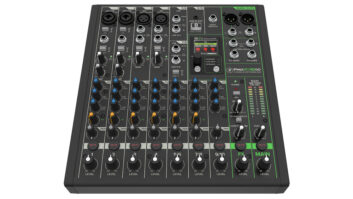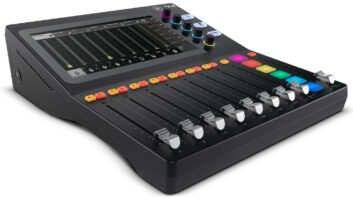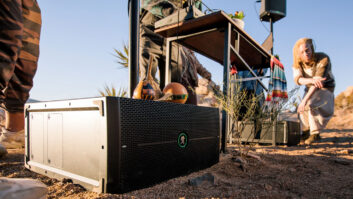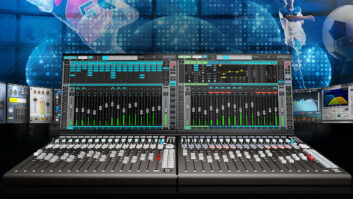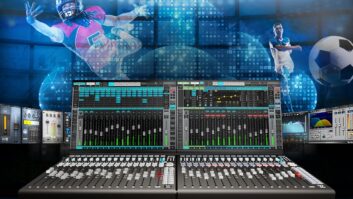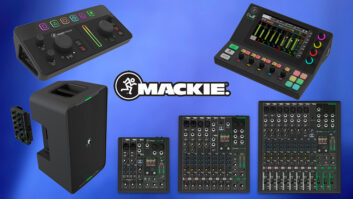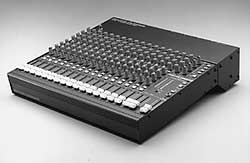
Go back to 1989, and you’ll enter an audio world that was pre-ADAT and pre-Pro Tools—even the first digital audio sequencer (Opcode’s Studio Vision) was a year away, and an “affordable” digital 8-track was Yamaha’s $30,000 DMR8. Yet the MIDI keyboard revolution was well underway, and musicians needed a mixer that was affordable, solid and good-sounding. The outlook seemed bleak for anyone looking to make decent music on a budget. Fortunately, help came in the form of Tapco founder Greg Mackie, who, in 1989, launched a new company bearing his name and sold a couple hundred of its first LM-1602 line mixers. But it was Mackie’s CR-1604 compact 16-channel mixer, unveiled about a year later, that spawned a revolution of its own.
Besides offering rock-solid construction (frequently described as “built like a tank”), the CR-1604 ushered in some slick new concepts. Although a rackmount design, it could easily be used as a desktop mixer: Its Rotopod chassis allowed connections to be accessed either from the front or the top of the unit. The CR-1604 also had a rugged internal power supply, a feature that’s almost unheard of in a market flooded with budget mixers using flimsy wall warts. But best of all, the CR-1604 did the impossible: It sounded great and carried a rock-bottom price.
Soon, Mackie had sold tens of thousands of the mixers. The audience included not only struggling bands and musicians, but also working pros everywhere who used them as submixers in high-end studios, on top tours, in post-production for feature films and covering live broadcast events such as the Olympics.
